Types and names of perennials blooming all summer
You can turn a summer cottage into a luxurious garden by planting low-growing perennials that bloom all summer. This group of plants includes ornamental shrubs and flowers. It is necessary to select a crop for planting depending on the purpose. Some species are planted as a curb, others are used to create a flower bed or a flowering lawn.
Shrubs for curbs and hedges
Low-growing flowering shrubs are usually planted by the owners of the cottage along the paths, near the walls of the house, used as a hedge and to frame the flower bed. For residents of central Russia, it is important that the plants are frost-resistant. Someone is already familiar with the names of such shrubs, others will learn about them for the first time.
Deytion graceful
This spectacular shrub with long flowering has appeared in gardens relatively recently. Low-growing varieties of action (40-50 cm in height) are suitable for planting as a border or hedge.
Planting and leaving:
- it is better to plant a shrub in partial shade;
- the place must be protected from cold winds;
- action prefers drained and nutritious soil with a slightly alkaline reaction;
- pruning is required twice a year;
- the first years of life, the action should overwinter with shelter.
Flowering occurs on the shoots of the last year. A large number of small white or pink flowers, collected in a brush, open at the same time on the bush. The life span of the action is more than 20 years.
Japanese quince (henomelis)
A shrub that has long been used to decorate gardens. The height of chaenomelis does not exceed 1 m. Japanese quince has curved shoots with glossy leaves, branches of some species are studded with thorns. The color of the flowers depends on the variety, it can be pink, white, salmon.
Planting and leaving:
- chaenomelis is undemanding to the soil, but grows better in moist and fertile soil;
- landing is carried out in a well-lit area;
- the shrub does not require frequent watering;
- feeding is carried out before flowering;
- in spring, a formative and rejuvenating pruning is required, no more than 12-15 branches are left on the bush;
- shrub winters better if sprinkled with snow.
Flowering lasts from May to June and is characterized as abundant. At the 3rd or 4th year of life, Japanese quince begins to bear fruit. The fruits of the shrub are edible and are used as a vitamin supplement for drinks and desserts.
Bloodroot
The unpretentious and long-flowering types of Potentilla are ideal for garden decoration. This plant thrives in a temperate zone.
The appearance of the shrub depends on the variety. Inflorescences can be lemon yellow, pink, white, red, orange. The buds are located singly or collected in inflorescences. Shrub varieties can be from 25 to 90 cm in height.
Planting and leaving:
- Potentilla is not picky, but prefers slightly acidic fertile soil;
- you cannot plant shrubs in the lowlands;
- the plant needs protection from the sun at midday and from strong winds;
- when planting, drainage must be laid;
- watering is carried out once every 2 weeks or less;
- feed Potentilla once a year - in the spring;
- like other ornamental shrubs, this species needs pruning;
- shelter for the winter is not required.
Flowering lasts two months. Depending on the species, Potentilla can bloom from May to September.
Heather
The plant is a branched bush 20–70 cm high.For planting in curbs and hedges, species with an erect stem are suitable. The color of the flowers can be cherry, lilac, crimson, white, pale pink. Ornamental varieties also differ in the unusual color of the leaves (bronze, silver, burgundy, yellow).
Planting and leaving:
- unpretentious perennial grows well in sunny areas and in places with little shade;
- heather is undemanding to the soil;
- container landing is acceptable;
- the plant is very rarely affected by pests and diseases;
- requires regular watering in the absence of precipitation;
- top dressing once a year in April or May using 2 tbsp. l. complex granular fertilizer per 1 sq. m.
The plant blooms in the second half of summer. In the future, the flowers dry up and remain on the bushes until winter.
Heather-based decoction is used in folk and traditional medicine.
Curb perennial flowers
Low-growing flowers are often chosen for planting in curbs. The flower bed planted by them around the perimeter has a complete look. With flower borders along the paths, the site looks neat and festive at the same time. Long-flowering plants look especially advantageous.
The name of low-growing perennial flowers often conveys their qualities noticed by gardeners. In any case, it will be useful to remember how the plants are named according to the botanical classification.
Arabis (rezuha)
Arabis is represented by different species - both annual and perennial. There are deciduous and evergreen varieties. Razuha has long creeping shoots, rooting independently in the ground. After planting, the plant forms a lush bush in a short time. Leaves can be cordate, oval, sagittal. The color of the foliage is predominantly green, but there are variegated varieties.
The sharp flower is called because of the sharp villi - you can easily cut your hands about them.
Planting and leaving:
- for planting Arabis, you need a sunny place with good ventilation and drained fertile soil;
- the flower is considered unpretentious, requires moderate watering, loosening and weeding;
- the perennial is fed once - in the spring on the eve of flowering;
- in late autumn, the aboveground part of the bushes is cut off, the wintering roots are insulated with spruce branches or non-woven material.
The plant belongs to the ground cover species. The flowering period is long. Arabis blooms in the second half of spring. Small flowers are collected in racemose inflorescences, the color of the petals can be white, yellow, pink, lilac.
Heuchera small-flowered
The plant belongs to the perennial rhizome species of the saxifrage family. Compact bushes do not exceed 50 cm in height.
Heucheras are divided into flowering and decorative deciduous.
Planting and leaving:
- the flower grows best in bright diffused light or in lacy shade;
- Heuchera needs a water-intensive drained soil with neutral acidity;
- water the plant 2-3 times a week, in the heat - more often;
- flower feeding is needed 2 times a season - before and after flowering, liquid complex fertilizer is suitable.
The plant blooms from June to August. During this period, panicles of inflorescences appear on the Heuchera, consisting of miniature bells of red, pink, white, cream color.
Ayuga (creeping tenacious)
A herbaceous extremely hardy plant of the Yaroslav family. Ayugu can be found throughout Russia. The height of the plant depends on the variety. The culture is absolutely undemanding to growing conditions.
Planting and leaving:
- plants can be sown with seeds in spring or before winter, as well as grown using seedlings;
- water the tenacious only during dry periods;
- caring for the plant consists in controlling the spread over the site (a fence can be built around the perimeter of the allotted area);
- to maintain decorativeness, wilted inflorescences must be cut off in time.
The tenacious blooms spike inflorescences, consisting of 6-8 small flowers.Flowering begins in May or June and lasts about a month. Many varieties have unusual foliage coloration, due to which the bushes adorn the site even after flowering.
Avens
Gardeners love gravilat for its unpretentiousness and beautiful inflorescences. The plant has a straight, weakly branched stem with a light edge and a thick creeping rhizome. Leaves on long stalks are collected in a rosette from below. The inflorescences are colored white, red, yellow, orange or pink. The diameter of the opened buds is 3-4 cm. Some varieties have double flowers. The perennial is unpretentious, tolerates winter well.
Planting and leaving:
- gravilat does not like excessively wet and acidic soils, otherwise it is undemanding to the soil;
- spectacular flowering is observed in brightly lit places, but the plant can tolerate some shade;
- for planting in the curb, the bushes are planted at a distance of 20–30 cm from each other - growing, the gravilat forms a solid wall;
- when planting, organic fertilizer must be added to the holes;
- watering is moderate, its frequency depends on the weather;
- phosphorus-potassium fertilizers are required twice per season;
- faded buds must be removed.
The flowering period of gravilata depends on the species. Some varieties bloom in 2 waves - from May to July and from August to October, others - all summer without a break.
Low-growing perennial flowers for a flower bed
For a small flower bed, you can choose one type of undersized perennial flowers. Large mixborders usually combine several types of plants at once. Compositions consisting of several tiers look wonderful, where tall species are planted in the background, and low-growing long-flowering plants in the foreground.
Miniature perennial flowers for a flower bed with the names:
- Alpine aster. Perennial 10–30 cm tall with straight stems and single flowers. Inflorescences are colored white, red, purple, blue and their shades. The plant is suitable for flower beds, borders, alpine slides. To get flowering throughout the summer, it is recommended to combine varieties that bloom at different times in plantings. On a flower bed, flowers look good with violets, marigolds, geraniums, chrysanthemums.
- Gentian. A herbaceous plant that has many varieties. The color of the flowers is most often blue or blue. Low-growing species reach a height of only 10 cm. The opened buds are bell-shaped. It can bloom in spring, summer and autumn, depending on the variety. Grows best when shaded in moist soil. Suitable for solo and group planting. It goes well with ornamental-leaved plants and cereals.
- Carpathian bell. Delicate charming flower 20-30 cm high. The color range of inflorescences includes blue, blue, snow-white, purple tones. Long-lasting flowering, begins in June and ends in August. The plant loves the sun, partial shade is acceptable. Stagnation of moisture in the soil is contraindicated. On the flowerbed, it is combined with cornflower, carnation, eschollcia, cornflowers, veronica, reddish clover.
- Saponaria (soapwort). A herbaceous plant from the clove family. The culture includes annual and perennial species. Blooms profusely with small pink flowers. It is recommended to plant a flower in a sunny or slightly shaded area. In one place, he successfully grows up to 8 years. Saponaria tolerates frosty winters well without shelter. The plant is suitable for alpine slides. In a flowerbed, it is combined with sage, sunflower, bells, iberis, edelweiss, saxifrage.
Before creating flower beds, they study the requirements of plants for soil and light level in order to choose crops that need the same conditions.
It is better for flower growers without experience to limit themselves to 2-3 types of flowers that are easy to care for. Excessive color variety in a flower bed looks chaotic, so it is advisable to combine no more than 2 contrasting colors or use a smooth tone transition.White and bright flowers planted nearby look very impressive.
It is necessary to plant flowering perennials in the country according to a pre-planned plan. If you are planning group plantings, you need to think about which plants will go well with each other in terms of color and growing conditions. We must not forget about planting care to maintain the decorative appearance of the site.
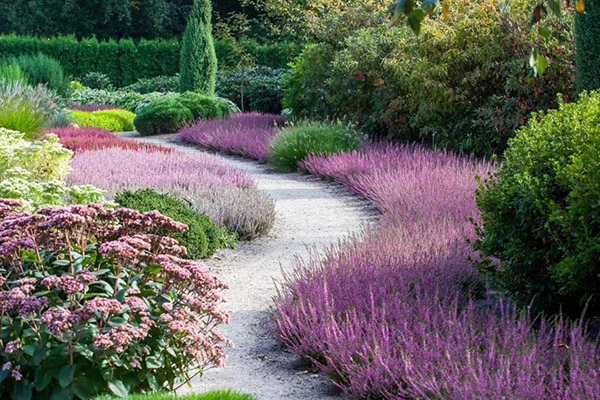
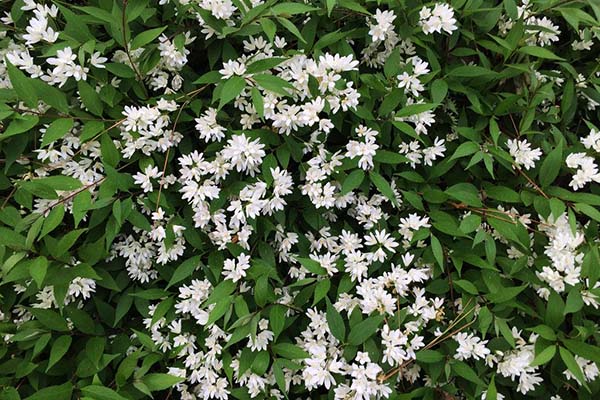
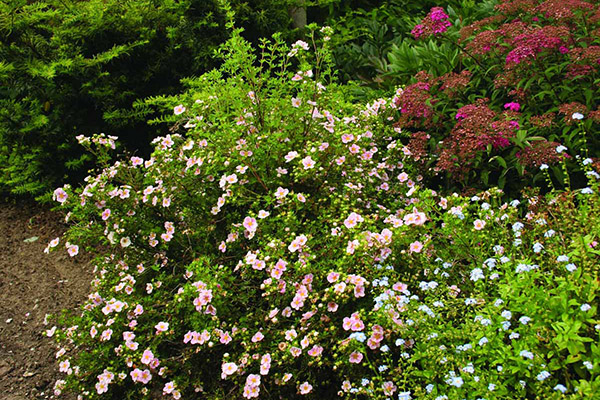
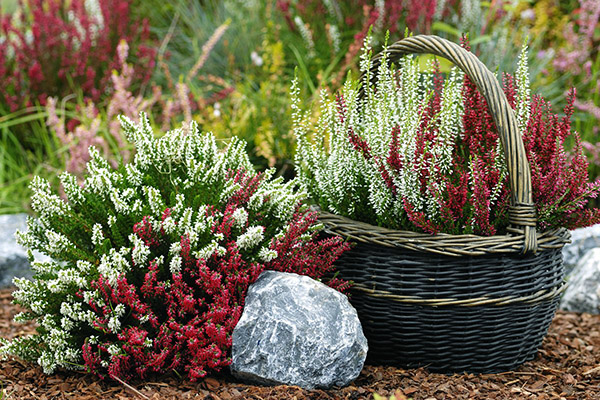
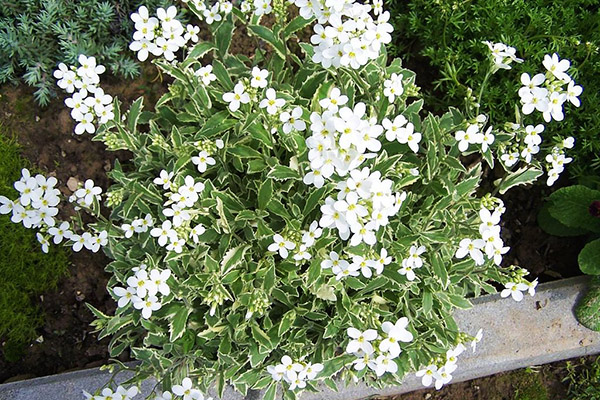
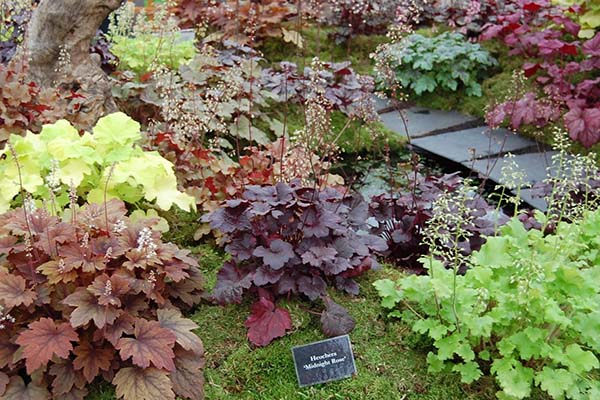
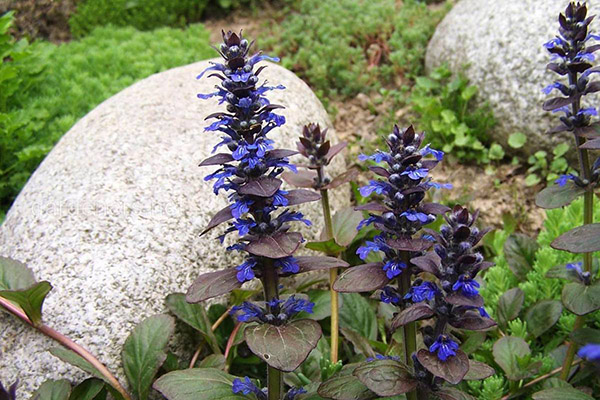
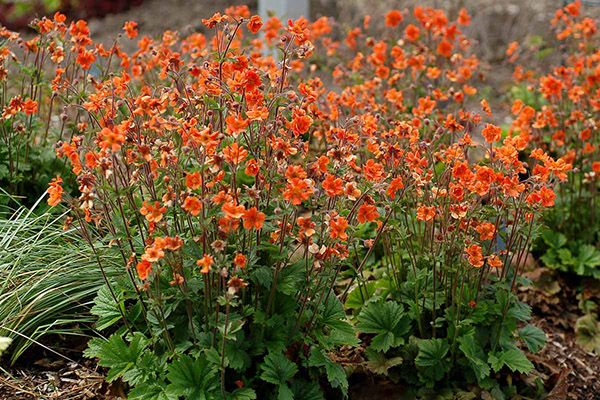
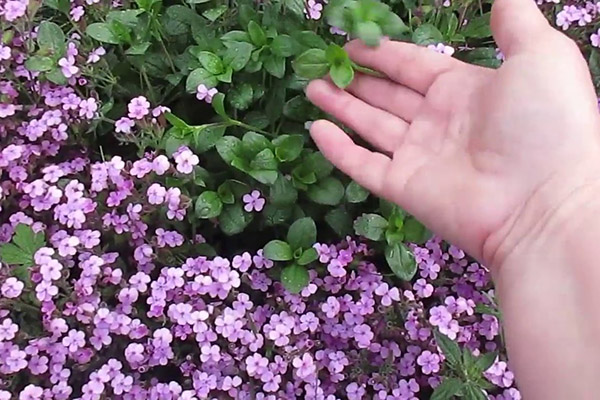
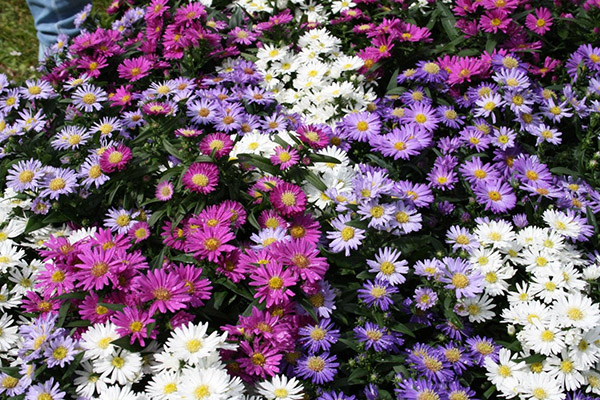
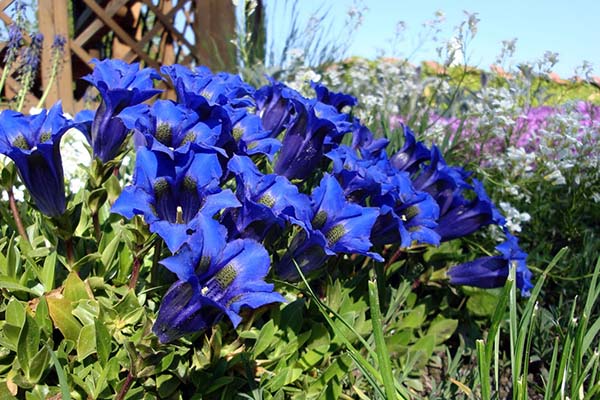
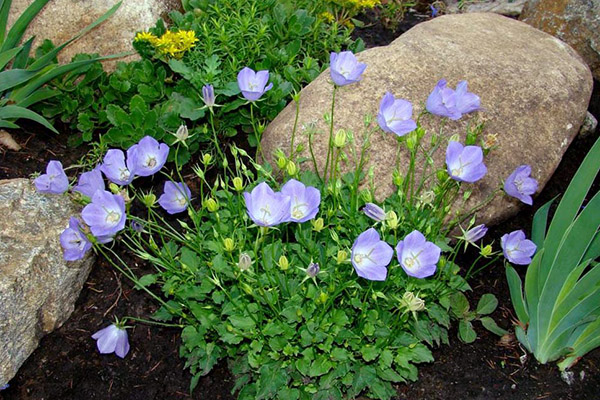
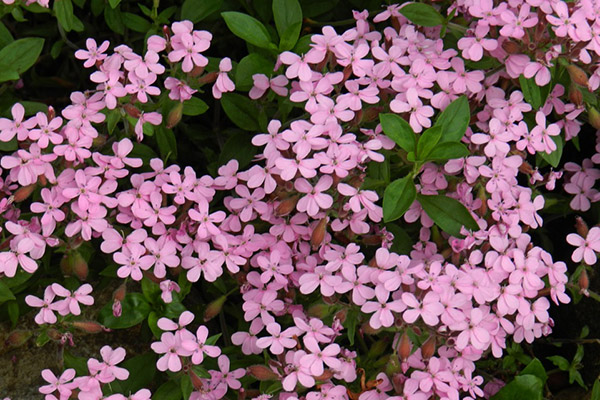
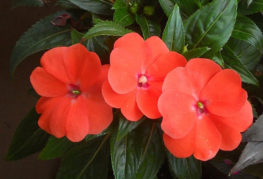

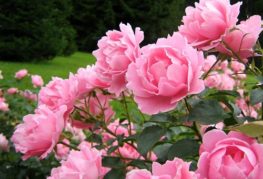

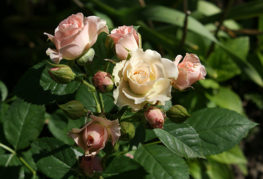
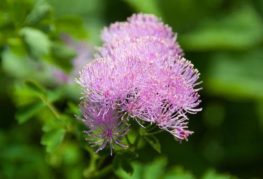
and will be published shortly.